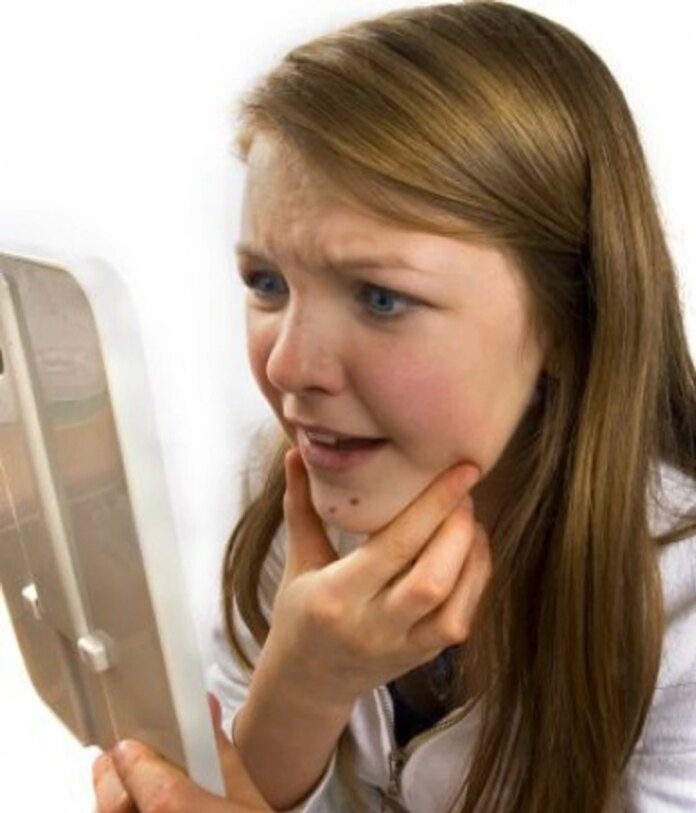
In addition to being a medical, untreated problem, acne can also have a psychological impact, as it lowers self-esteem and makes teenagers feel insecure and ashamed of their appearance. Moreover, in some cases, acne is also painful.
The first signs of acne appear at puberty, when the gonads, i.e. the ovaries and testicles, produce more androgenic hormones, which stimulate the sebaceous glands in the pores to produce excess sebum. For this reason, the pores and hair follicles are clogged with dead skin and excess sebum, which leads to their inflammation.
The increased amount of sebum also stimulates the multiplication of the bacterium Cutibacterium acnes, which leads to the worsening of the problem. “Also, it’s very important to wash your hair if it’s greasy and avoid styling products. In addition, you need to make sure that when you practice sports, you wash your face and body immediately after exercising. Anything that keeps sweat on the skin can aggravate acne”, recommends Rodica Șotcan, dermatologist primary doctor.
Aggravating factors
In addition to the increased amount of sebum, there are other factors that aggravate this condition. Hormonal changes during the menstrual cycle can trigger pimples to appear more quickly. And cosmetic products that have oils in their composition can aggravate the problem, as they load the skin and the skin can no longer breathe. Stress and certain medications, such as lithium, iodine, some antiepileptics, can also cause acne, because they increase the production of sebum.
Skin care, essential
The simplest method of preventing acne is to clean the skin and thus excess sebum, dust and dead skin are removed, and the pores will no longer be clogged. “Wash your face gently 2 times a day. Use your fingertips (not a sponge) and rinse with lukewarm water. Use a soap-free washing gel once and a 2% brevoxyl peroxide gel for the other wash”, recommends doctor Rodica Şotcan. After washing, it is recommended to treat inflammatory lesions with a 2% salicylic acid solution. At the end, an emollient, oil-free and anti-acne cream is applied.
Read also: Find out how to get rid of acne marks!
Treatment methods
For mild or medium forms of acne, the doctor can recommend local treatments in the form of solutions, gels or creams. These may contain topical antibiotics, which act against bacteria, while reducing erythema and inflammation. In the composition of these treatments, topical retinoids can also be found, substances derived from vitamin A, which release the pores. In serious cases, systemic antibiotics are used, as well as other substances derived from vitamin A, which have the role of reducing inflammation and reducing obturation of hair follicles.
Good to know
Adolescent acne, also called vulgar acne, is different from mechanical acne, caused by the repeated friction of clothing items on the skin.
Expert advice
Dr. Rodica Şotcan, dermatology primary physician, Sanador clinic, Bucharest
Beware of miracle treatments! There are no instant treatments for acne. If you hear someone on TV or radio promising a quick cure, it’s guaranteed to be just an advertisement for that product. Be patient and follow the treatments indicated by the doctor, strictly following the indications and give them time to act. It can take up to 3-6 weeks to see a change and up to 12 weeks for major improvements. With the right treatment, almost every case of acne can be cured.






































